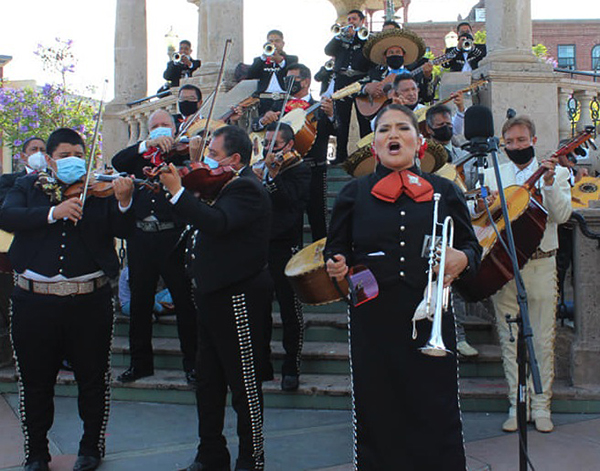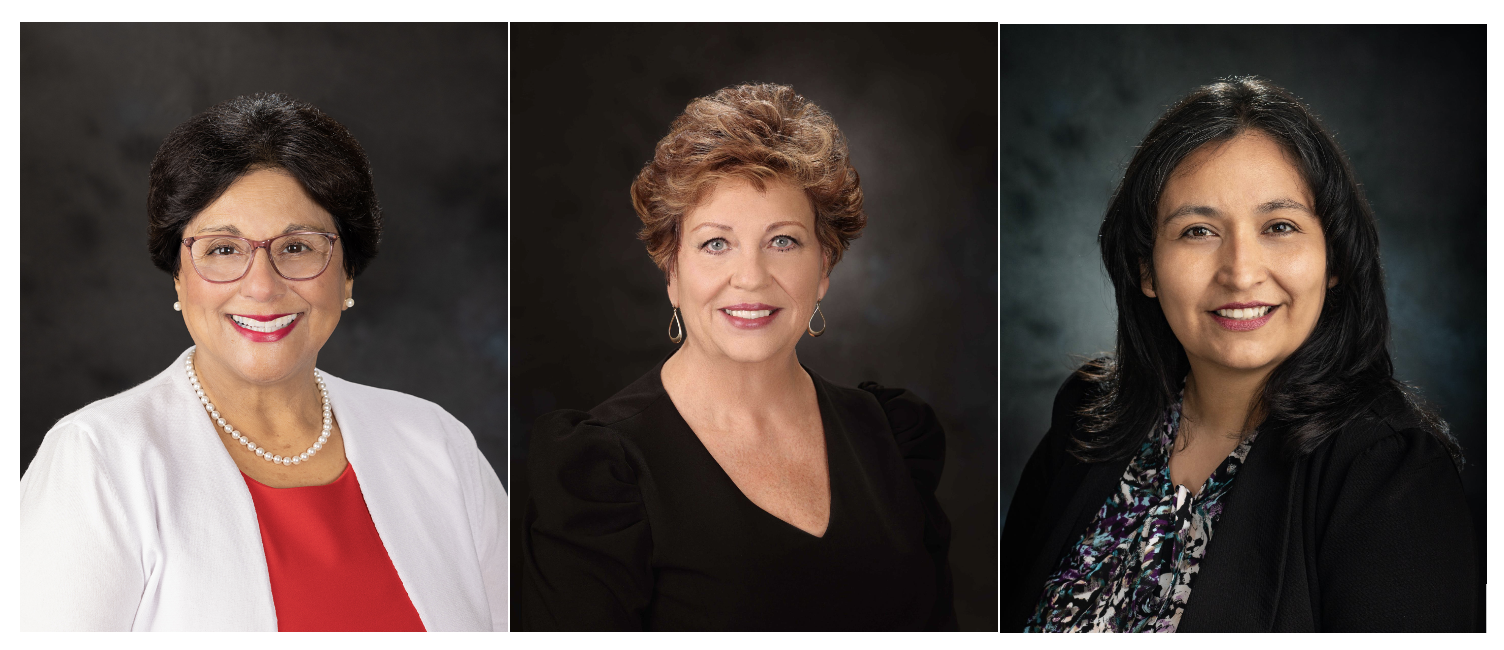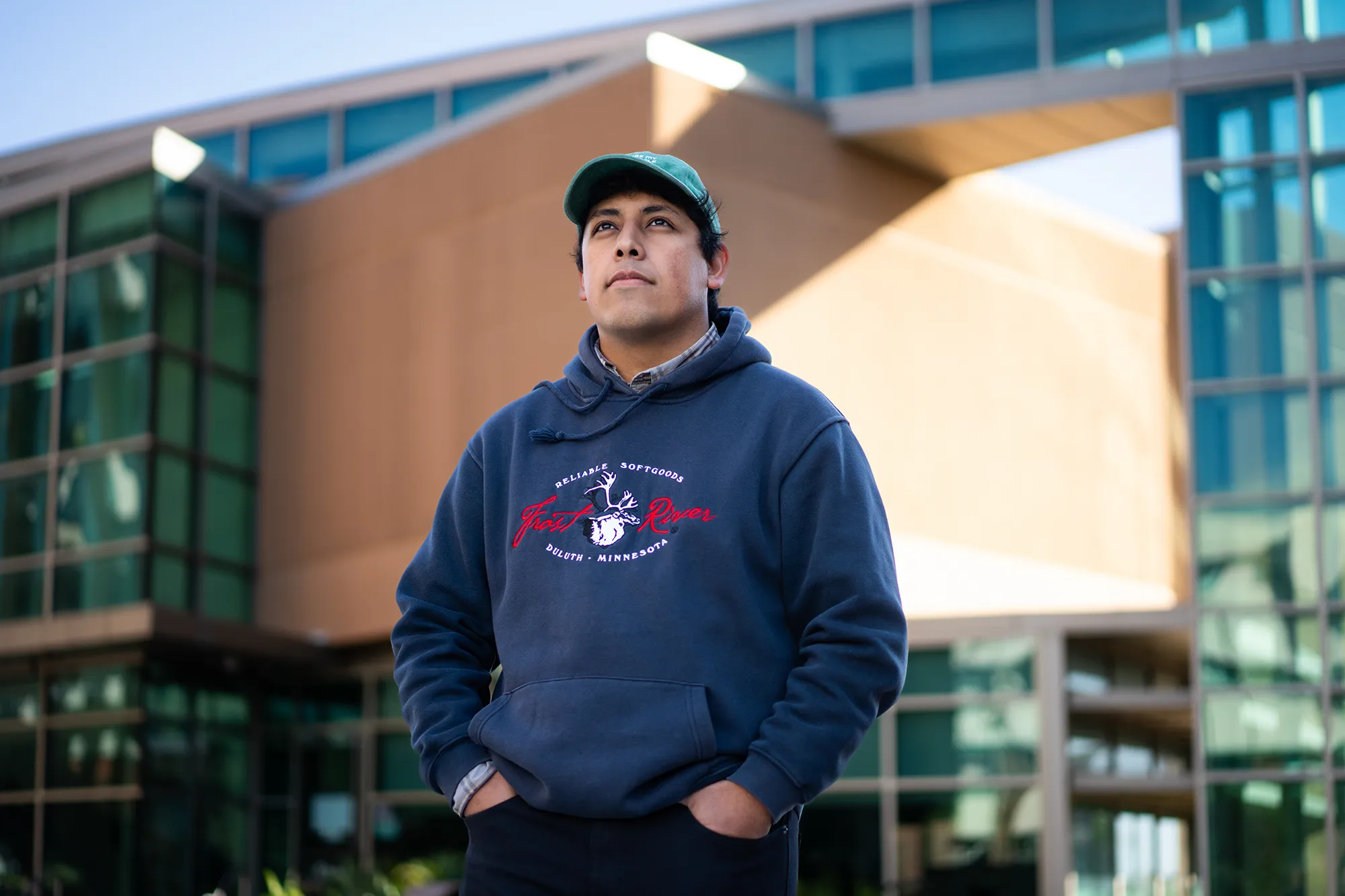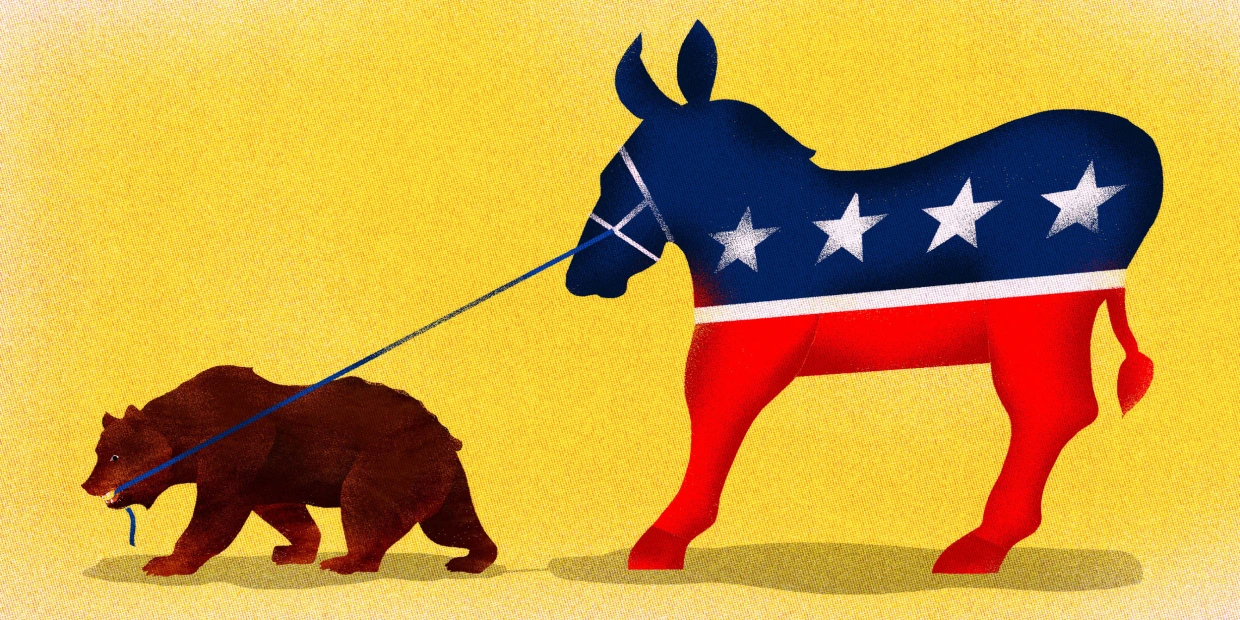By Ashley Orona
Contributing Writer
BOYLE HEIGHTS — An affordable housing development planned for Mariachi Plaza is attracting considerable neighborhood opposition, despite years of discussion between the Los Angeles County Metropolitan Transportation Authority, the developer and some community members.
The Boyle Heights Neighborhood Council asked that changes be made to address community concerns with the Lucha Reyes affordable housing development, after the developer presented the project to the Council on Sept. 10.
Board members and residents claimed that Metro, which owns the property, and the developer did not do enough outreach in the community before presenting the project to the Neighborhood Council. They also expressed concern regarding several aspects of the project including parking, culturally sensitive project design and lack of affordability for current Boyle Heights residents.
Boyle Heights is a low-income immigrant neighborhood where many residents struggle to afford rent and are concerned about gentrification. Some community members believe this development could increase displacement.
The Lucha Reyes Apartments is planned for a site adjacent to Mariachi Plaza at First Street and Boyle Avenue. The project would bring 60 units of affordable housing to families and young homeless adults. It would also provide mental health and supportive services and include parking and retail space.
In 2018, Metro approved an agreement with the East Los Angeles Community Corporation to develop the project.
When the development was originally proposed in 2014, it received significant opposition from Boyle Heights residents and stakeholders, which caused the project to be put on hold. When discussions resumed in 2017, community members echoed some of the same concerns with the project, including displacement of musicians and artists that use the plaza and a lack of community engagement in the process.
The East Los Angeles Community Corporation has held 11 community engagement meetings in the past 18 months, according to Ernesto Espinoza, a representative for the developer. Residents were able to give input on various aspects of the project, including amenities, design and commercial development opportunities.
“We really believe strongly in doing accountable community driven development, equitable housing,” Espinoza said.
At the Neighborhood Council meeting, many residents said they were not aware of the project and how advanced in the process it already was. They also criticized the developer for not acknowledging opposition to the development, including an online petition with more than 4,000 signatures.
Residents expressed concern that the project did not include enough parking spaces for its occupants and would amplify the lack of parking and traffic congestion in the area. Because the project is close to a Gold Line rail station, the developer does not have to guarantee parking spots for the project, according to SB 35, which the state Legislature passed in 2017 to streamline housing construction.
Boyle Heights is also one of the oldest neighborhoods in Los Angeles, with many buildings featuring historic architectural design. Because of that, residents were also concerned that the apartments’ contemporary design would clash with the aesthetic of Mariachi Plaza and the neighborhood in general.
“I’m profoundly concerned with the visual aesthetic of the project that essentially looks like it’s completely out of place in a historical area,” said David Silvas, a neighborhood council board member.
Even though the development would not change the layout of Mariachi Plaza, residents fear that it would lead to displacement of those who use the square. The plaza hosts professional mariachi musicians, a weekly farmers market, multiple community events and an annual mariachi festival. A portion of the plaza replicates Plaza Garibaldi in Mexico City and serves as a symbol of cultural pride and identity for Boyle Heights.
Displacement might also affect those living in the neighborhood. Twenty-eight of the 60 units will be reserved for families earning 50% of the area median income, while 30 units will be reserved for homeless youth, with rents set at 30% of the area median income.
The median income is around $36,000 in Boyle Heights, significantly below the county median. While most residents might be eligible for units priced at 30% of area median income, they might be priced out of units reserved for those who make 50%.
In addition, over 9,000 households in Boyle Heights earn below $20,000 a year and may not meet the minimum income limits set by the developer to qualify for their housing, a point made by a StreetsBlog LA article from 2015.
“We all want affordable housing for Boyle Heights but we know that many of the people that get into the buildings are not from Boyle Heights,” said board member Carlos Montes.
Metro says it will do additional public outreach to address community concerns.
“Anything with affordable housing is something that we shouldn’t throw out the window immediately,” said resident Elsy Garcia. “But I think it’s something that needs to be revisited [and] needs to be revised.”
Ashley Orona is a freelance reporter for Wave Newspapers who covers the East Los Angeles area. She can be reached at Oronash@gmail.com.












